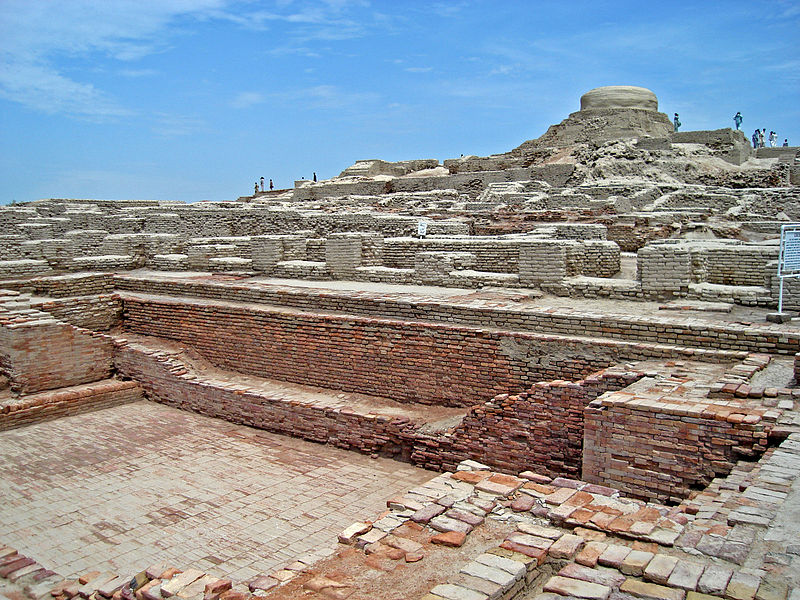
MohenjoDaro, el crisol cultural del valle del IndoBlog de viajes » Blog
Mohenjo-daro Jonathan Mark Kenoyer Seated male sculpture, or "Priest King" from Mohenjo-daro (41, 42, 43). Fillet or ribbon headband with circular inlay ornament on the forehead and similar but smaller ornament on the right upper arm.
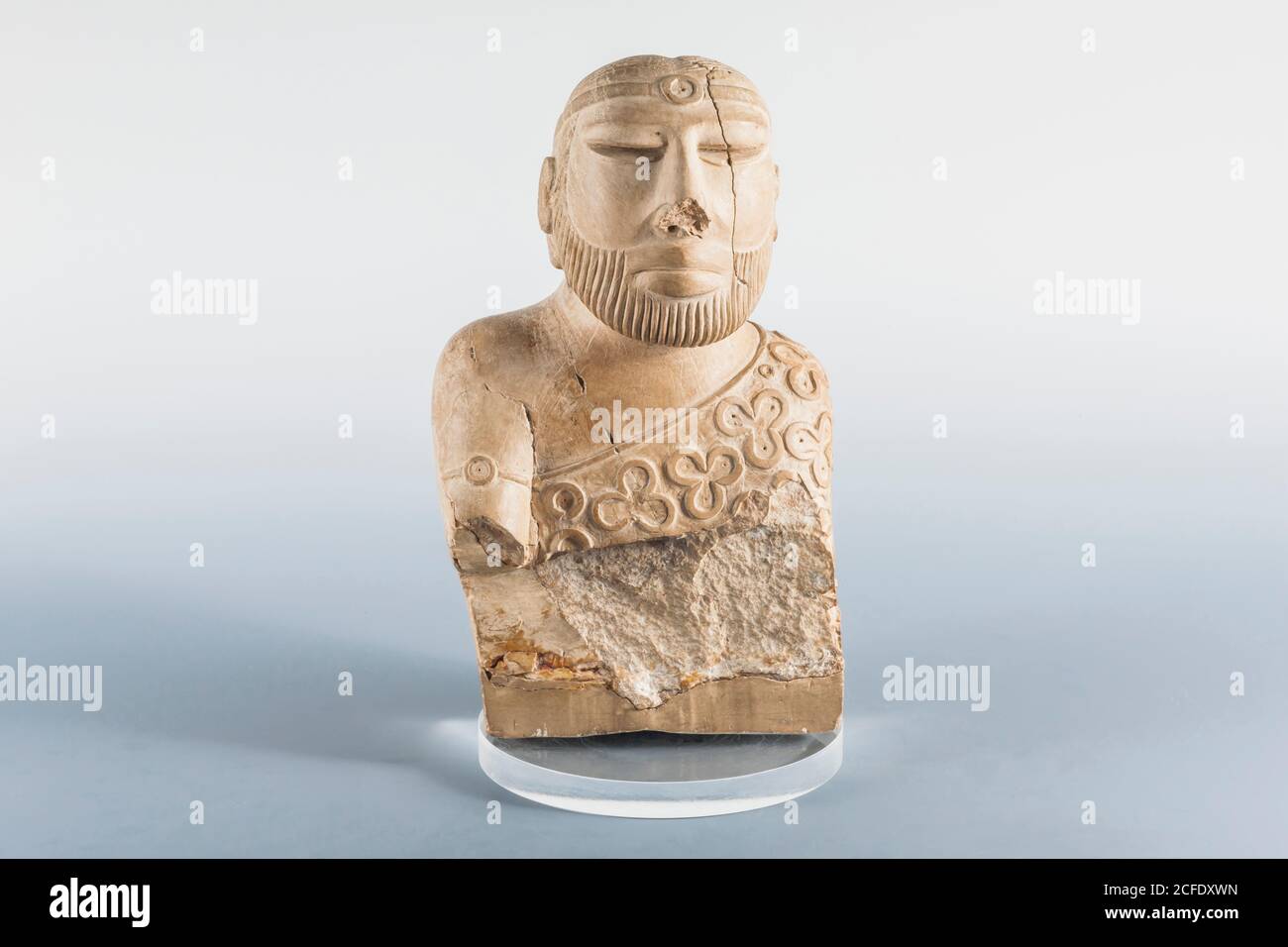
Original Priest King statue, Mohenjo daro, Indus valley civilization (valuables vault), National
The Dancing Girl figurine discovered in Mohenjodaro in 1926 recently found itself at the centre of controversy.. On the occasion of International Museum Day (May 18), Prime Minister Narendra Modi inaugurated the International Museum Expo in Delhi's Pragati Maidan. During the ceremony, PM Modi also unveiled the Expo's mascot - a "contemporised" version of the famous Dancing Girl of.

In which direction is India headed? India News
Mohenjo-Daro, meaning 'Mound of the Dead Men', is an archaeological site in the province of Sindh, Pakistan. Built around 2500 BCE, it was one of the largest settlements of the ancient Indus Valley Civilization. It is also one of the world's earliest major cities, contemporaneous with the civilizations of ancient Egypt, Mesopotamia, Minoan Crete.

Indus Art Late period A MohenjoDaro steatite bust of the Priest... News Photo Getty Images
Dancing Girl is highly regarded as a work of art. The statue was excavated by British archaeologist Ernest Mackay in the "HR area" of Mohenjo-daro in 1926, [2] It is now in the National Museum, New Delhi; having been allocated to India at the Partition of India in 1947. Description

Dancing lady statue mohenjodaro in 2020 Halloween wreath, Daro, Statue
Mohenjo Daro, one of the world's first cities and contemporaneous with ancient Egyptian and Mesopotamian civilizations, has been sometimes referred to as "An Ancient Indus Valley Metropolis." Contents 1 History 2 Civilization 2.1 Artifacts 3 Current UNESCO Status 4 See also 5 Notes 6 References 7 External links 8 Credits
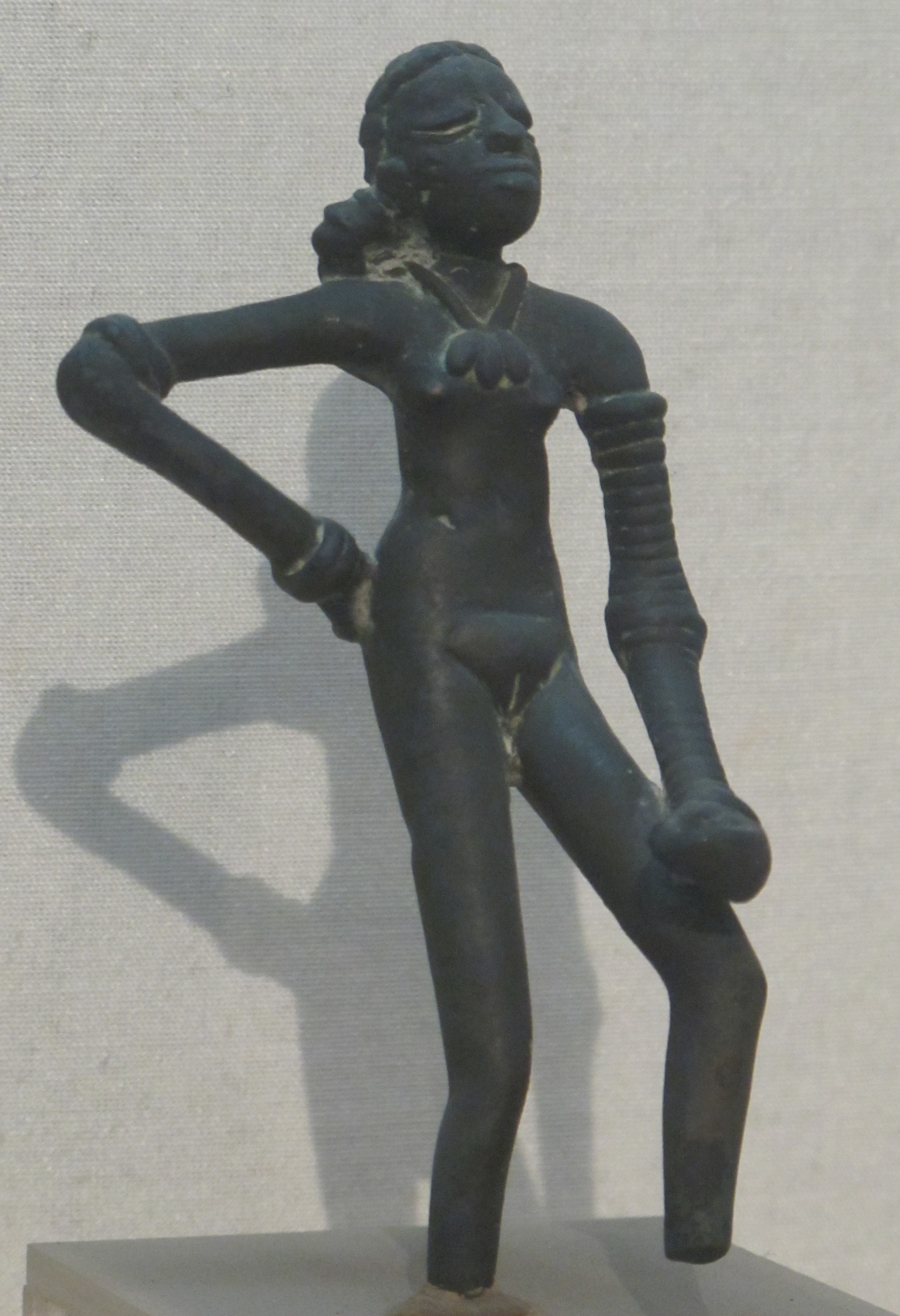
Mohenjo Daro Historical Facts and Pictures The History Hub
The Priest-King, in Pakistan often King-Priest, [1] is a small male figure sculpted in steatite found during the excavation of the ruined Bronze Age city of Mohenjo-daro in Sindh, Pakistan, in 1925-26.

Pashupati of Mohenjodaro A Seal of Indus Valley Civilization
The ruins of the huge city of Moenjodaro — built entirely of unbaked brick in the 3rd millennium B.C. — lie in the Indus valley. The acropolis, set on high embankments, the ramparts, and the lower town, which is laid out according to strict rules, provide evidence of an early system of town planning. Source: UNESCO TV / © NHK Nippon Hoso Kyokai

an ancient statue is displayed on a black stand
Archaeologists first visited Mohenjo Daro in 1911. Several excavations occurred in the 1920s through 1931. Small probes took place in the 1930s, and subsequent digs occurred in 1950 and 1964.

Larkana Mohenjo Daro Archaeological Site 18 Stock Image Image of daro, picturesque 167706267
Mohenjo-daro ( / moʊˌhɛndʒoʊ ˈdɑːroʊ /; Sindhi: موهن جو دڙو, lit. 'Mound of the Dead Men'; Urdu: موئن جو دڑو [muˑənⁱ dʑoˑ d̪əɽoˑ]) is an archaeological site in Larkana District, Sindh, Pakistan.
"PriestKing" of MohenjoDaro from the Indus Valley Civilization. It is made of soapstone and is
Some answers. The piece was discovered by British archeologist Ernest Mackay in the area of Mohenjo-daro in 1926. It was one of two bronze artworks found at the same site, and shows a more naturalistic pose than the other more formal piece. The girl stands with hand on hip, wearing about 25 bangles on her left arm and 4 on her right. The tilted.

Mohenjo Daro PriestKing Mohenjo daro, Statue, Greek statue
by The MAP Academy Dancing Girl, Mohenjo-daro, Harappan Civilization, 2700-2100 B.C.E., bronze, 10.5 x 5 x 2.5 cm (National Museum, New Delhi; photo: Gary Todd, CC0) This small bronze statuette (only 4 inches in height), depicts a nude young woman, with a coiled hairstyle and bangles adorning her arms.
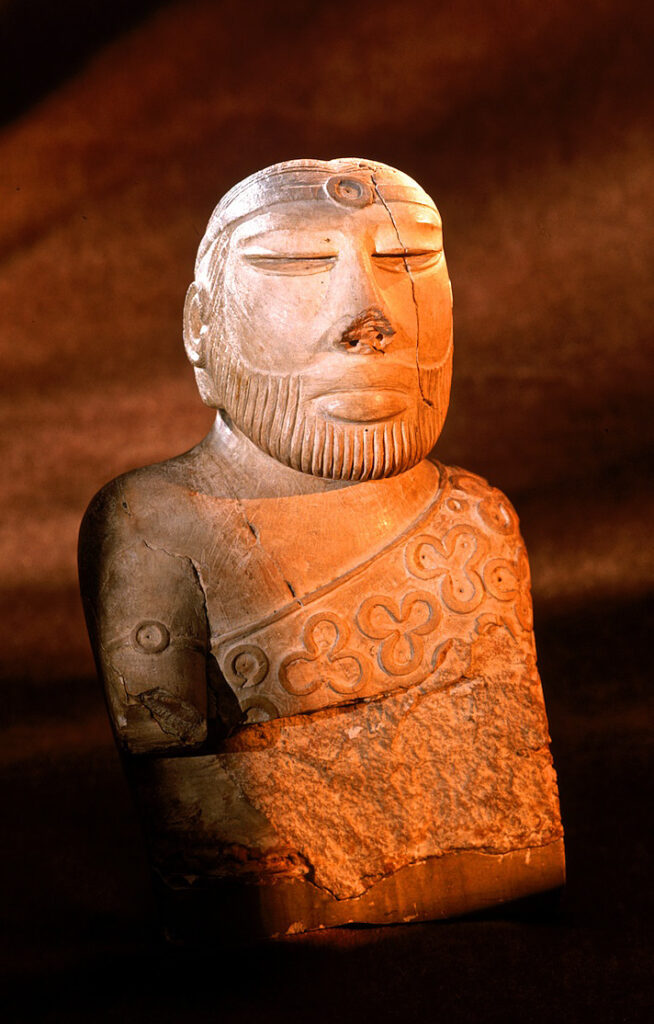
Antiques INDUS VALLEY PRIESTKING Mohenjo Daro 2500 BC stone statue museum replica Reproductions
By The MAP Academy Dancing Girl, Mohenjo-daro, Harappan Civilization, 2700-2100 B.C.E., bronze, 10.5 x 5 x 2.5 cm (National Museum, New Delhi; photo: Gary Todd, CC0) This small bronze statuette (only 4 inches in height), depicts a nude young woman, with a coiled hairstyle and bangles adorning her arms.

The Dancing Girl of Mohenjo Daro. 2500 BC PREHISTORIC ART Pinterest Mohenjo daro and
The 10.8 cm long bronze statue of the dancing girl was found in 1926 from a house in Mohenjo-daro, one of the biggest centres of the Indus Valley Civilisation or the Harappan Civilisation.
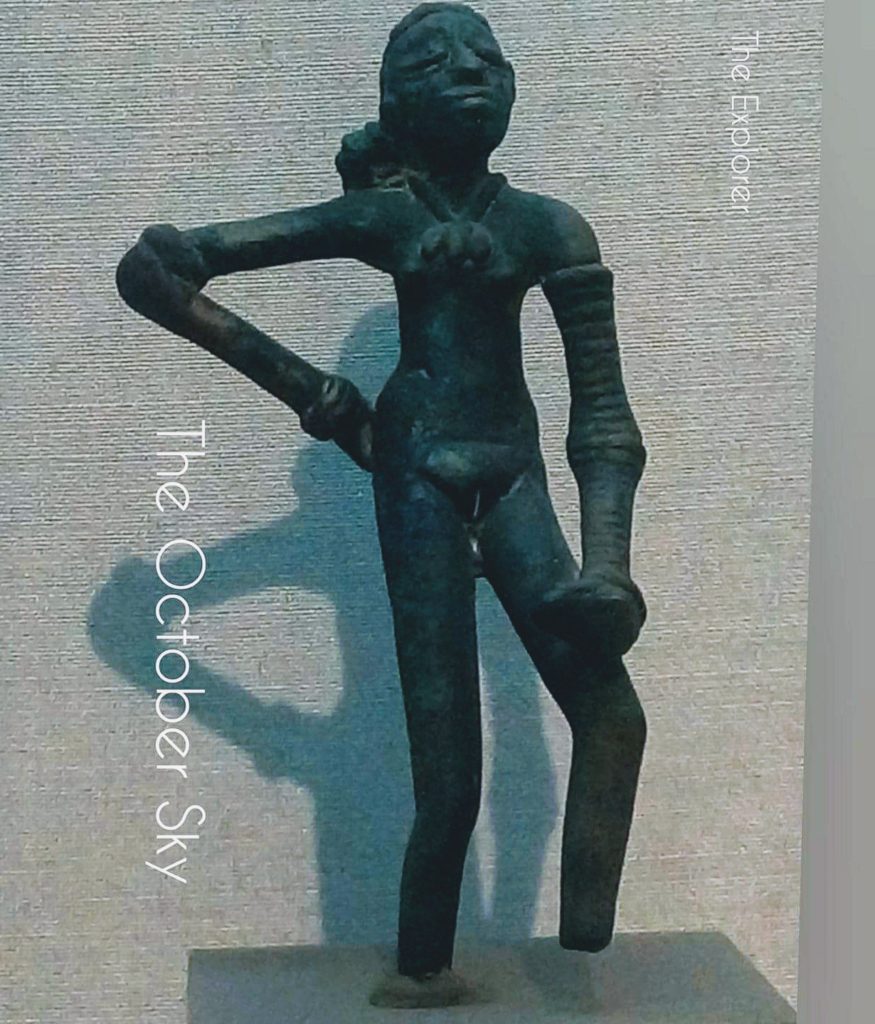
The Dancing Girl of MohenjoDaro 2500BCE The October Sky
Nowojewski, Andrzej. " Mohenjo-daro ." World History Encyclopedia. World History Encyclopedia, 06 Oct 2020. Web. 21 Dec 2023. Archaeological site of Mohenjo-daro in modern-day Pakistan, one of the best-known cities of the Indus Valley Civilization.
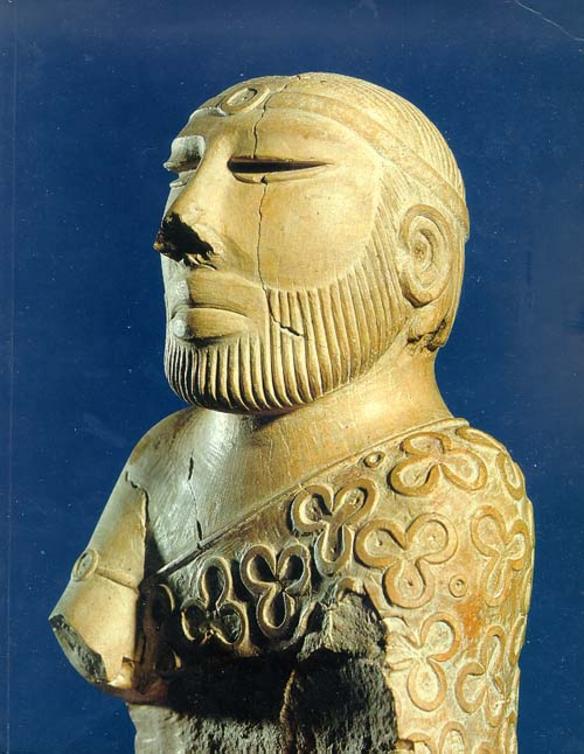
2000YearOld Harappan Vanity Case Has These 5 Items You Use Even Today
Shop About Login Priest-king from Mohenjo-daro Illustration by Mamoon Mengal published on 06 October 2020 Download Full Size Image Priest-king statue, Indus Valley Civilization. The statue is 17.5 cm high and carved from steatite a.k.a. soapstone. It was found in Mohenjo-daro in 1927 CE. It is on display in the National Museum, Karachi, Pakistan.
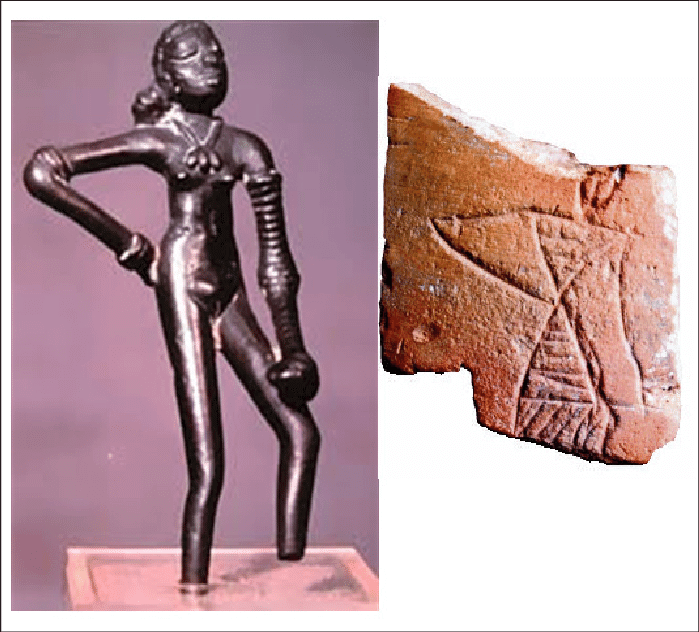
Tales That Pots Tell Keeladi Excavations Storytrails
Mohenjo-daro was one of the main cities of the Indus Valley Civilisation (IVC) which was one of the earliest Bronze Age civilisations and the first great civilisation of the Indian Subcontinent. The IVC is also known as the Harappan Civilisation after another major archaeological site at Harappa, also in modern Pakistan.